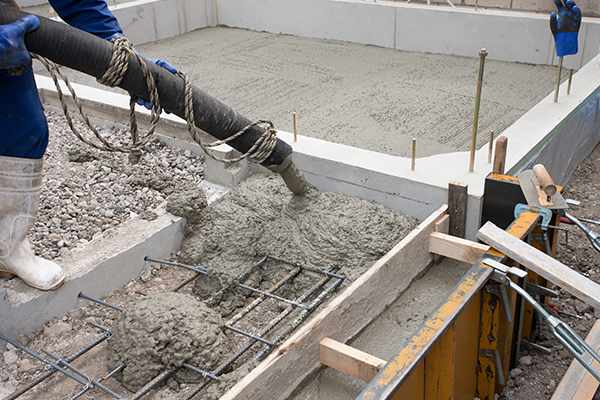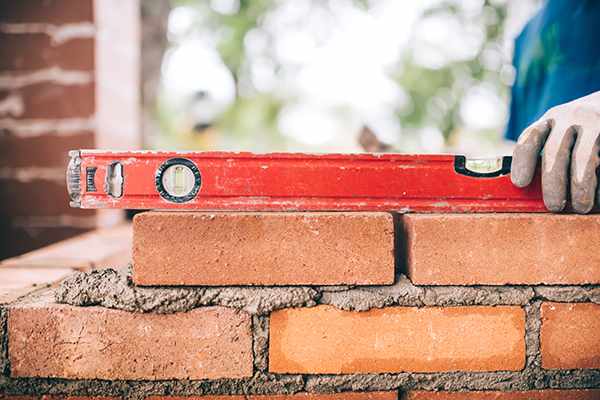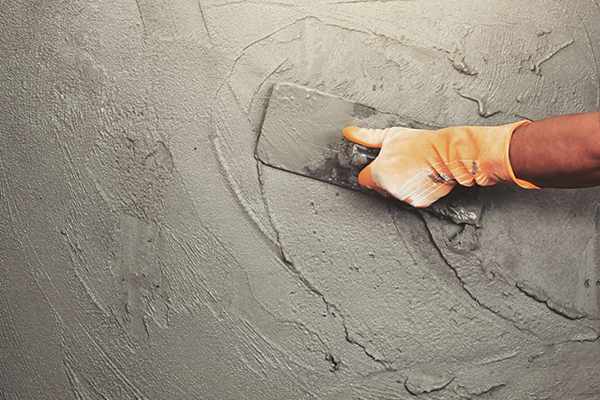
During Foundation, the quality & type of soil must be checked first, preferably by a structural engineer if it is a filled up ground or there is no existing construction of a similar type in the neighbourhood. This is extremely important as the type of founding sub soil strata decides the type of foundation to be constructed. Then, check the alignment of steel which should not move when the concrete is being poured. Once the pillars are built, make sure that adequate curing is being done. Getting an Anti-Termite Treatment done prior to the construction of foundation will help you in avoiding termite problems later. Consult your contractor for the same.

During Construction, check the quality of ingredients used for making concrete (cement, sand, aggregate & water) and masonry (Bricks, cement and sand) which will define the strength & durability of your house. Also, ensure that the prepared concrete and mortar mix is consumed within 30-40 mins of adding water to the mix, to avoid reduction in the workability of concrete / mortar.

Any unevenness, cracks or leakages at the finishing stage must be highlighted at the earliest. You must also be well planned about your plumbing & electricity requirements & ensure that all materials purchased for the same have their ISI marks. Concealed water pipes & sanitary pipelines must not be embedded in wall / floor near each other to avoid any mixing. Similarly, at one electric point, check that there aren’t too many joints or connections.

RCF stands for Roof, Column, and Foundation and is the core structural system of any building, responsible for overall stability and load-bearing capacity. Therefore, RCF Strong. Toh Ghar Strong.

